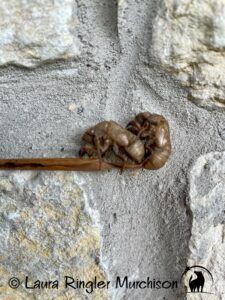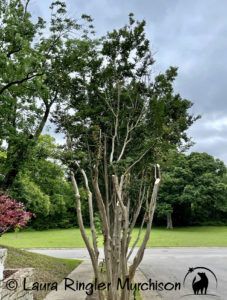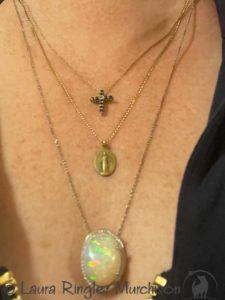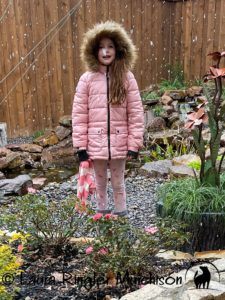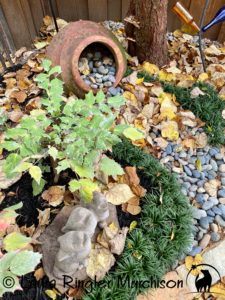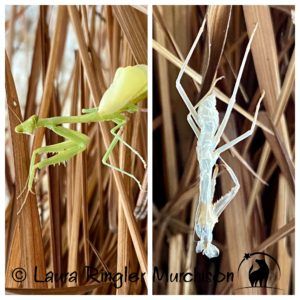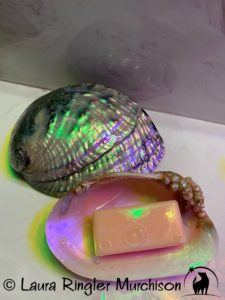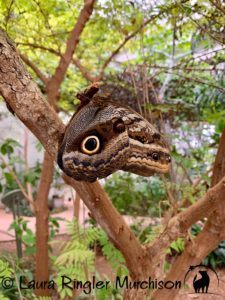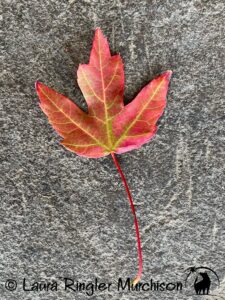
L.M. Montgomery, otherwise known as Lucy Maud Montgomery, was a Canadian author best known for writing a series of novels beginning in 1908 entitled “Anne of Green Gables.” A very favorite quote of mine comes from her which says, “I’m so glad I live in a world where there are Octobers.” I am not sure if it is because I was born in October, but it has always been my favorite month. For me the fresh scent of mown grass still hangs heavy in the air, only with a promise of slightly chilly evenings and mornings, full moons, bales of hay, pumpkins, giant mazes of corn stalks, and the anticipation of the holidays to come. My father was born in October and every year he would tease my mother that she just couldn’t wait eleven more days to have me. (So we would have had the same birthday.) Like a joke with no end, she would fall for it every time, and my petite, Irish/French, red-haired mother would instantly flush red. Then my daddy would turn around to wink at me as I struggled to keep a straight face. I am not sure at this point whether I have mentioned it in past posts, but my father died when I was just 28. However it was his birthday, rather than the day he passed in March, that became so tremendously sorrowful for me. I have spent more than twenty years grieving over the loss of my beloved father. I live in Texas, which as a child, I recall having four actual seasons. I like spring but the trees are still bare. Summers here are hotter than Hell’s front porch. Winter can be depressingly mild or fraught with treacherous ice. While it seems magical to be blanketed in a couple of inches of snow, Dallas is just not equipped to deal with harsh winters like they are up north. And then there is autumn. For me it is a precious scant measure of time where trees still have their leaves and are turning several shades of glorious colors, from green to yellow to orange to red. In addition the mornings and evenings cool off a bit and are not pizza oven hot. It is a time for celebrating the harvest, although most modern folk are so far removed from farming I’m not sure they really know what that is. I decided to look up what was celebrated within this month. Of course there is the Feast of St. Francis and the Blessing of the Animals. I am probably one of the few to know National Wolf Awareness week falls within this month. All Hallow’s Eve on October 31 marks the day before All Saints’ Day and comes from an ancient pagan festival celebrated by Celtic people for over 2,000 years meaning “summer’s end.” In the northern hemisphere it is about half way between the autumn equinox and winter solstice. Historically is was widely observed throughout Ireland and Scotland. I realize it has great significance in many cultures, as “Coco” is our favorite late October movie and involves the country next to Texas that was of course once part of Mexico. Anyway, regardless of how one looks at it, I hope everyone reading this from wherever there are in the world enjoys the month of October.

